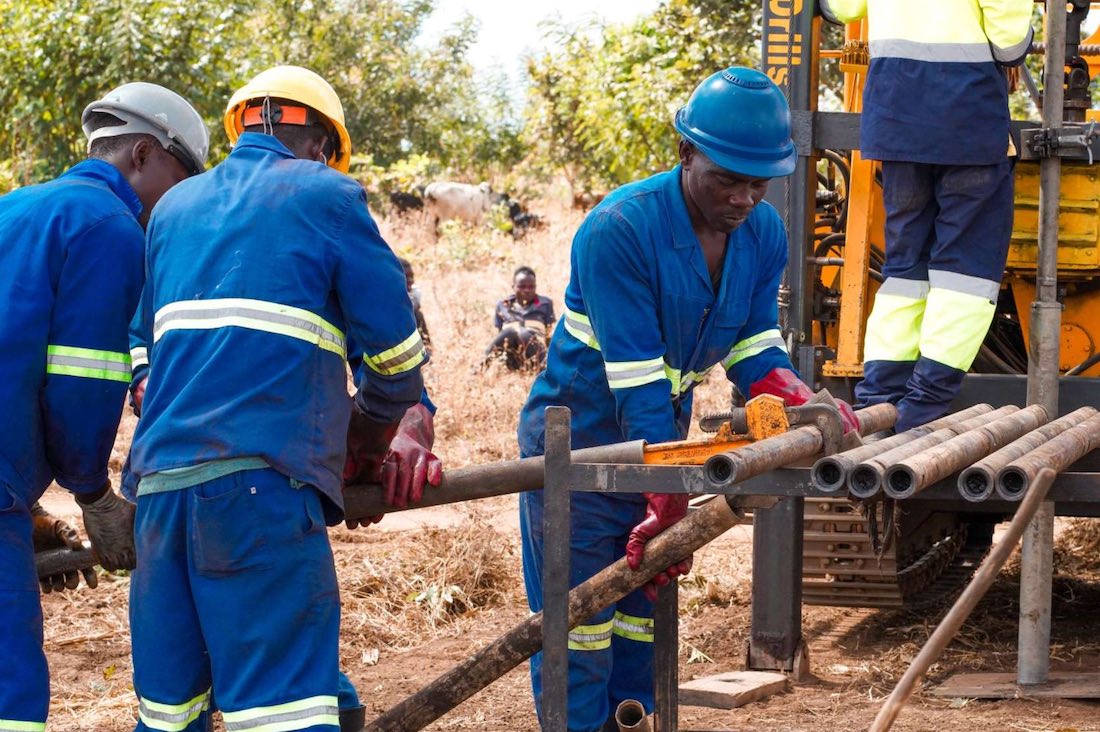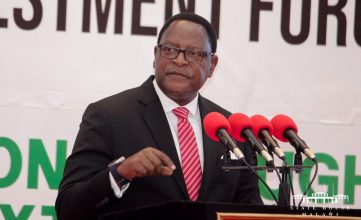Welfare at stake amid weakening currency
Government’s move to devalue the kwacha by 44 percent could worsen the welfare of a majority of Malawians as they struggle to afford basic necessities.
This, according to analysts, could jeorpadise efforts to grow the economy, end poverty and meet the objectives of the monetary policies.
In an interview on Thursday, Malawi Economic Justice Network (Mejn) director Bertha Phiri observes that by devaluing the kwacha in a very short space of time, it becomes challenging to the majority of Malawians as this leads to price adjustments.
She said: “Where in a country would you devalue significantly like this and expect that people live a dignified life and expect that we are doing justice to the consumers? Certainly no.
“These measures draw back to how we will grow the economy. These measures will give burdens to the rural Malawians.”
Phiri observed that the country’s monetary fiscal laws “are sometimes so weak that we do not put restrictions to private forex dealers; hence, not been up to results.”

“This is happening amidst a congested social capital sector as government continues to grapple with debt.”
On Wednesday night, RBM Governor Wilson Banda said the 44 percent devaluation follows the imbalances as well as the mismatch in the exchange rate in cash and telegraphic transfer.
Following the devaluation, the kwacha is now selling at K1 700 against the US dollar in authorised dealer banks from K1 180.
The kwacha was also devalued by 25 percent in May 2022 and since January this year, the local unit has depreciated by 13.1 percent. This means that since May 2022, the kwacha has lost value by 82.1 percent.
Speaking separately, economist Bond Mtembezeka said all else being equal; the devaluation means a worsened welfare.
He said: “We will experience a rise in prices of goods and services almost across the board. While incomes will remain relatively the same.
“Winners are exporters, losers are Malawians and entities such as financial institutions that have significant foreign exchange.”
As at August 2023, Centre for Social Concern statistics showed that the average cost of living in urban areas for a family of six stood at K386 192, against a minimum wage of K50 000.
According to the data, Blantyre is the most expensive city to live in, with the cost of sustaining a household of six hovering at an average of K446 102, followed by Lilongwe at K413 486, and Mangochi at K389 616.
World Bank data shows that in Malawi, the poverty rate was 50.7 percent in 2010 and has remained broadly unchanged during the last decade.
The last poverty measure in 2019 showed that 50.7 percent of the country’s population or nine million people, were living in poverty.
Meanwhile, National Planning Commission (NPC) concedes that at the current pace, Malawi will unlikely halve the levels of poverty and reduce inequality by 2030 in line with the Malawi 2063, the country’s long-term development strategy.
In its 2023 Malawi 2063 (MW2063) First 10-Year Implementation Plan (MIP-1) analysis, NPC said while the Covid-19 pandemic has worsened the situation, other factors include a high population growth rate, limited access to financial services and high levels of corruption.
The MW2063 seeks to transform Malawi into a wealthy and self-reliant industrialised upper middle-income country by 2063.
The blue print also projects that if the economy grows at an annual average rate of six percent, Malawi could attain the low-middle-income status by 2030, with a per capita income of between $1 006 (about K1.7 million) and $3 955 9 (about K6.7 million).





